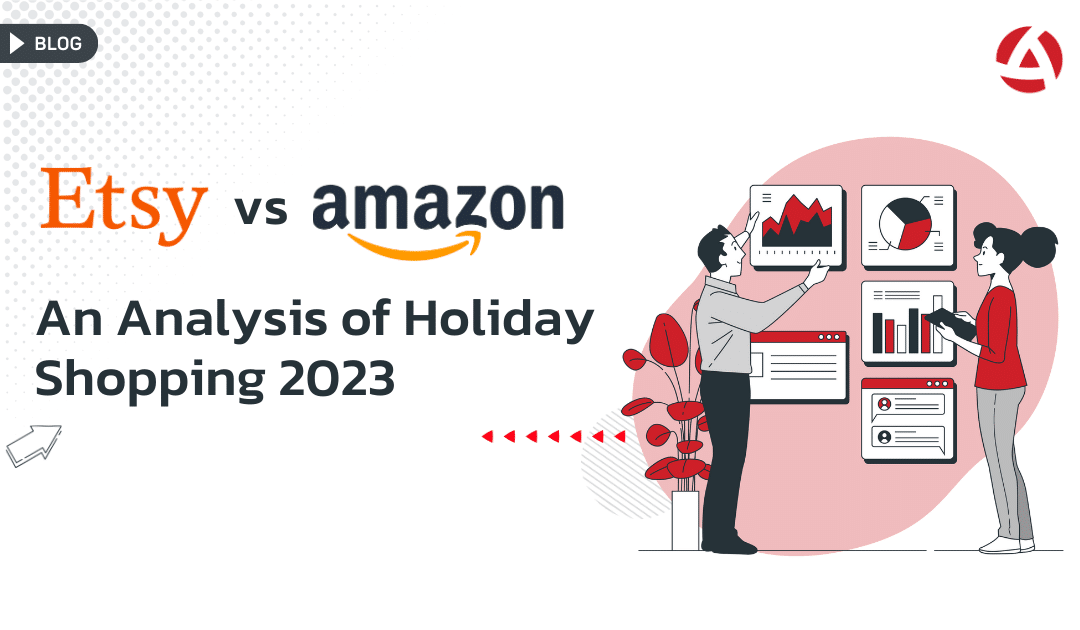The Ex Factor: Employee Experience as One of Customer Experience Milestones
A company can see its definition as a “customer-centric company” as its proudest achievement today. This is only possible with customer-focused employees. The equation is simple: Happy employees make for happy customers. However, in a post-pandemic world, the workers’ expectations are radically reformed by numerous factors. Employee Experience (EX) is an important element to be managed and improved, so we want to share some tips and tricks about how to approach this topic. You may also look into our blog post about how to boost employee engagement which is the output of the overall EX journey.
Most companies mark EX as one of the CX milestones. Isolved, which is also recognized as human capital management (HCM) platform, recently conducted a survey that included interviews with 500 human resources managers. Looking at the results of the previous year, it was seen that official knowledge from their previous experiences and of their employees made up 92% of the top prior urgencies of these companies. One of the main outputs of the research is that designing and delivering the best possible end-to-end experience is as important for employees as it is for customers. There are five stages of employee experience when we approach holistically.
Five stages of employee experience
- Recruitment. This stage includes job posting, candidate recruitment, candidate interviews, and the job offer. Successful recruitment strategies promote a unique and valuable employee experience which should reflect and advance the company’s brand.
- Onboarding. This stage, which centers on orientation, involves much more than equipping new hires with the knowledge required to begin fulfilling their roles. Onboarding also represents a valuable opportunity to educate the new employee on the organization’s vision and philosophy. Effective onboarding and seamless EX help strengthen employee retention.
- Performance. Organizations deploy performance management processes to optimize their employees’ contributions while ensuring that individual performance aligns with, and drives, corporate objectives. Successful performance management approaches including employee experience management also present workers with relevant and attainable career-growth opportunities. These opportunities should be presented in an encouraging manner.
- Retention. The effort required to retain talented employees represents a crucial aspect of the overall experience. Managers, through an employee experience platform, may prevent employees from leaving the organization for other opportunities if they actively listen, understand challenges faced by their staff, and address those concerns.
- Exit. The final phase in the employee experience lifecycle occurs when an employee leaves the organization. The employee experience management of this transition should be coped in a professional and effective manner, regardless of whether the employee is taking a position at another organization, retiring, or leaving to address personal reasons. When a worker leaves the organization, her former colleagues’ work can be negatively affected. Successfully managing the separation and its impacts on the employee’s team will limit negative impacts.
The EX should convey a compelling story about the relationship between individuals, their colleagues, and the organization – beginning with professionals’ initial interest in the company and concluding with their departure. This narrative features varied interactions, challenges, successes, and situations that employees experienced during their time at the company. The work employees performed can have significant impacts on their motivation, morale, and careers. As such, organizations and their leaders have an important responsibility – and a valuable opportunity – to design, support, and nurture a top-notch EX.
By taking a granular look at all of the interactions experienced by personnel at every stage of the journey or lifecycle, you can more effectively engage the workforce.
So, you need to collect feedback across each stage of the employees’ journey and then analyze it accordingly. There are some critical moments that matter in each stage of EX. Surveys can be designed to gauge a better understanding of what really happens during those stages. For example, surveying about onboarding and getting feedback on certain touchpoints helps you design better onboarding experience in the future.
Gathering employee feedback is important but not enough for reaching your ultimate employee experience management level. You need to take action! Otherwise, you listen to your worker’s voice just for the sake of listening, and that’s unsatisfactory if you’ve given the impression you actually care what they think. It’s much appreciated when you communicate actions through your Voice of Employee (VoE) program transparently across the organization.
In a world transformed by digital technologies, increasing transparency, and the rising demand for talented professionals and workers with fast-changing skills, EX will become an increasingly important dimension in the competition for and engagement with the workforce. Just as companies measure customer experience through Voice of Customer (VoC) tools, so will HR rigorously monitor the health and happiness of its employees. Now, it’s up to the companies to employ workers as a competitive advantage.
Alterna CX VoE tool is ready to help
There are many studies that point to the undeniable link between employee engagement and customer experience. With the increasing impact of agility on corporate operations, improving employee engagement as leverage for higher productivity, retention of key talent, and customer satisfaction is even more critical today. However, most brands still only inquire about their employees’ experience once a year: “How are we doing?”! Similar to VoC feedback loops, we believe companies should consider creating employee feedback loops to deliver great experiences to their personnel.
We would like to explain the benefits of using Alterna CX’s VoE tool.
- Journey level measurement: EX journeys—similar to customer experience journeys—are different from persona to persona. Pain points and improvement areas also can vary at persona level. Alterna CX has a journey-level setup and can build an automatic feedback mechanism for certain employee groups or specific moments in the journeys. Candidate experience, onboarding and offboarding journeys are typical examples of this setup. You can use Alterna CX to reach employees through Internet or mobile app systems, send SMS/E-mail to obtain and analyze employee experience Alterna CX also creates ratings for any employee experience metric.
- Pulse Measurements. There are occasions when HR professionals need instant employee feedback from specific groups. Insights about internal changes, training needs, or flexible working models are good examples of these types of instant employee experience measurement requests. Pulse surveys, designed through mobile app and/or intranet systems, enable workers to provide ideas and recommendations. Results of employee experience can be reported instantly and anonymously.
- Text and predictive analytics. Text data is a great insight resource. Alterna CX text analytics solution can reach automatically to open-source data such as Glassdoor platforms and execute sentiment and emotion analysis. For example, text analytics classify “communication” as a topic and shows what is important in communication within employee experience. Is it “transparency,” “internal communication quality,” or “less communication during the weekdays”? Moreover, it highlights the future impact of actions for employee engagement through structural employee experience feedback models.
- Closing the loop. If you don’t act on employee feedback, or if it takes ages to take proper decisions, then collecting feedback is worthless. There are some ways to move forward based on feedback type. Sending “thank you” notes to employees and communicating about improvements are certainly good starts. You can also set up alerts based on rules (specific rating under X score, or a specific word in the text analytics) and create instant messages/assign tasks to HR teams or relevant parties accordingly. This is a proactive method for employee retention.




